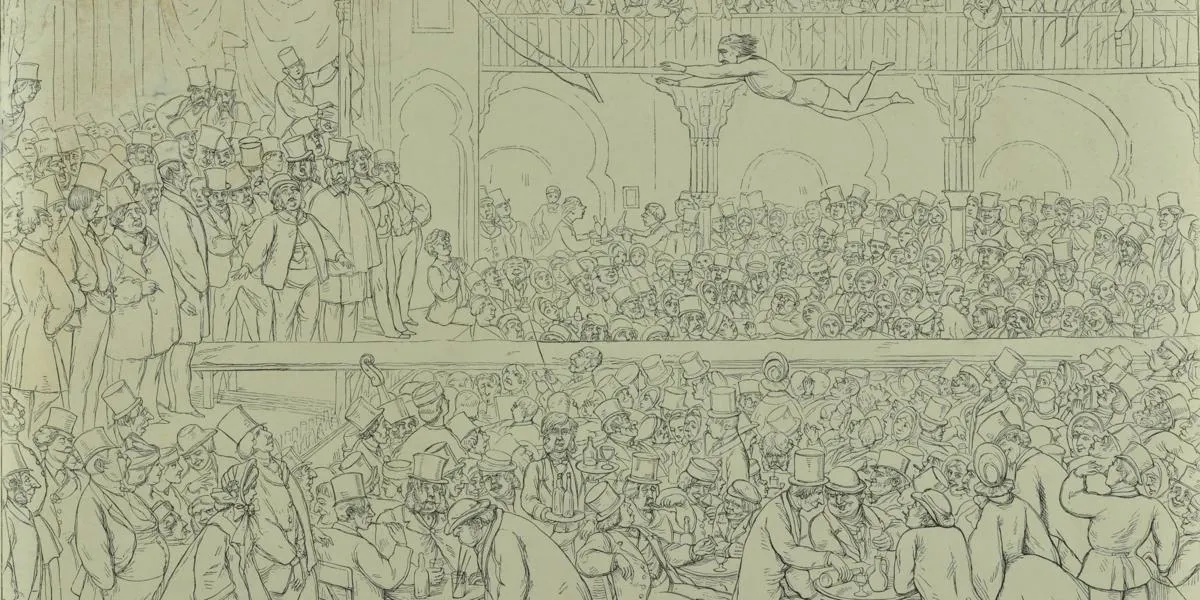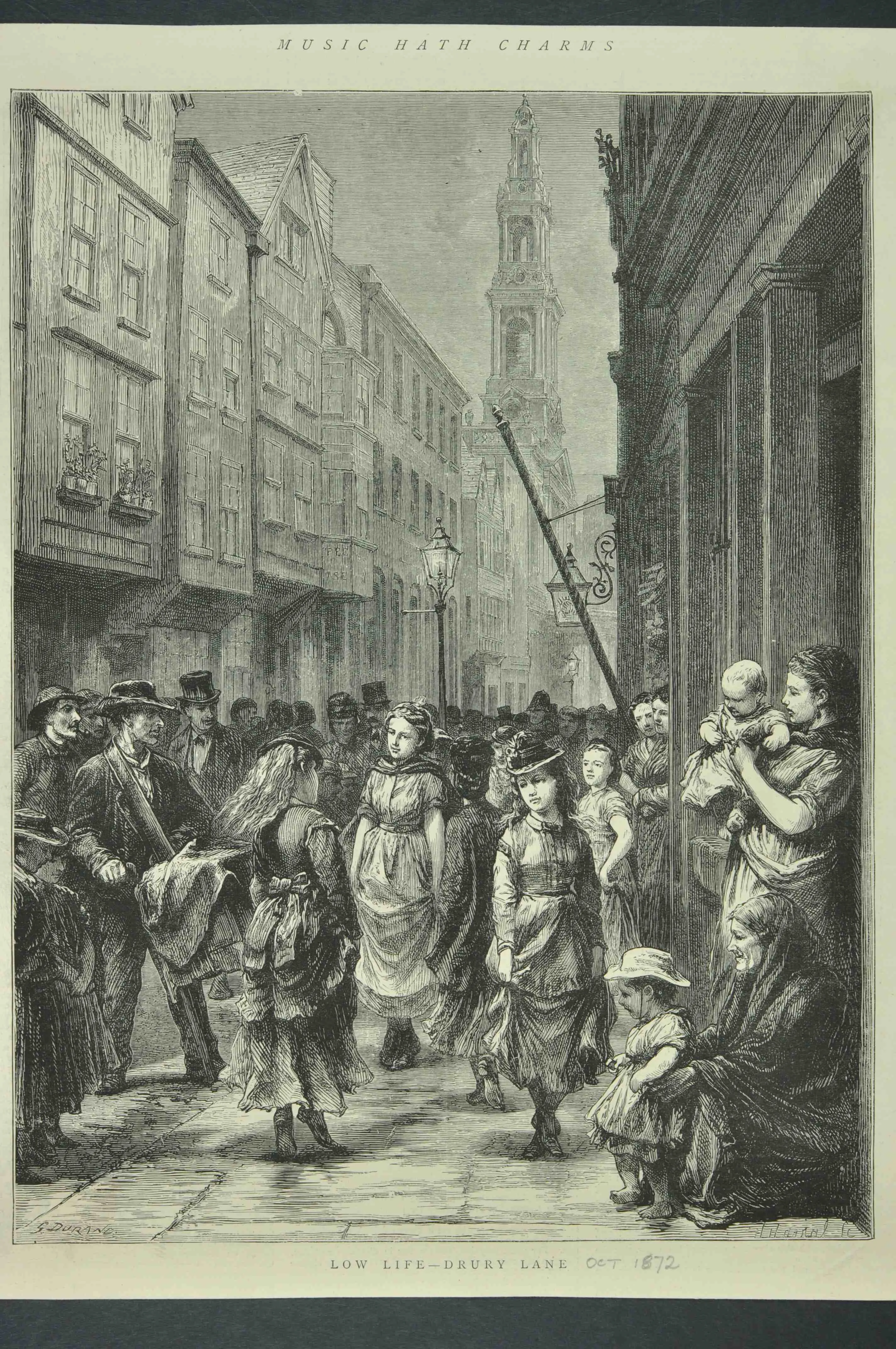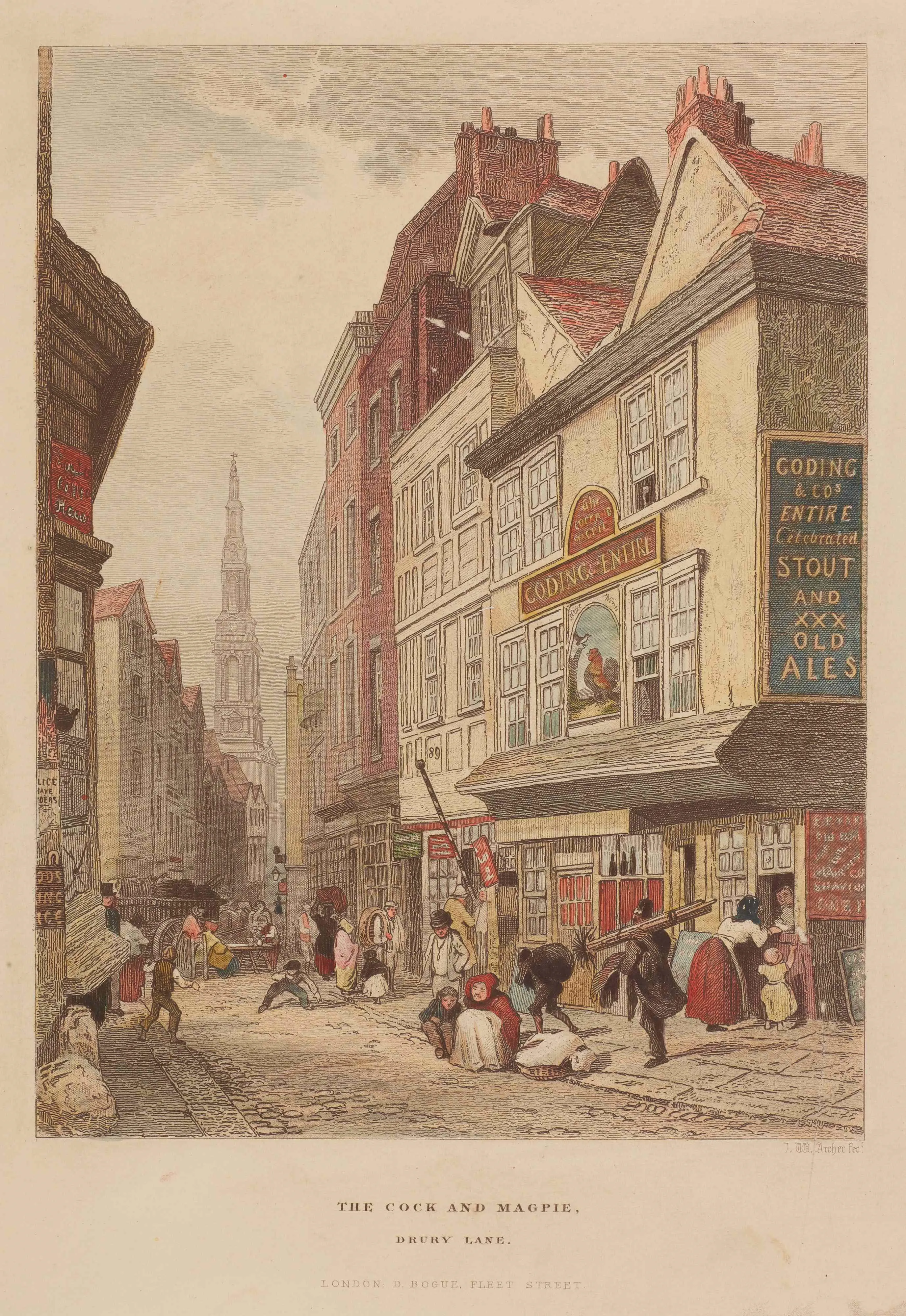'The Crimson Petal and the White' by Michael Faber

September 2024 - 'The Crimson Petal and the White' by Michael Faber
September’s book group meeting involved a lively discussion about Michel Faber’s ‘The Crimson Petal And The White’ which explored such subjects as: our feelings about narrators, Faber’s portrayal of women and a controversial ending.
This contemporary historical novel set in the 1870s (published in 2002) is authentically vast at over 800 pages and we used our summer break to read it. Faber uses an obtrusive second person narration that speaks directly to the reader, and in a novel that is as much about literature as anything else, he does this in a way that reminds us we are reading fiction, breaking the fourth wall between us. We had a fascinating discussion about the gender of the narrator – had we assumed it was a man, could it have been a woman? How would this have changed the way we read the novel?
The Victorian West End
The novel details the rise of Sugar, a sex worker from Soho who takes the fancy of William Rackham, an indolent young man who is utterly changed by his encounters with her.
Readers found their feelings about the book changed as they were reading it. The early part of the novel is the richest in terms of its portrayal of the Victorian West End. Faber’s London is a city of great contrasts, of filth of all kinds, a dangerous but exciting place. Faber is sensitive to material culture and consumption, and sex is part of a society in which everything is for sale.


It is William Rackham’s playground and he aims to conquer it – one reader describes him as “relentless Rackham” because he is so dominant. For some readers the second part of the novel, when Sugar moves into the Rackham residence, is the most interesting as the relationships between her, the family and the servants is fully developed, and William fades into the background a little.
View on sex
The novel is notable for its graphic descriptions. Bodily fluids run through it and the group found the sex matter of fact and honest and in places very funny. However, it was suggested it might not be one to recommend to someone without warning them!
A novel of writers and writing
It is a novel of writers and writing. All of the characters write letters or diaries and Sugar is writing a novel in which she gets her revenge on men. Faber pulls on our knowledge of Dickens and Collins and exploits all manner of Victorian tropes, in places plundering gothic horror and the sensation novel. One reader admitted that this novel exhausted Victorian literature for her – the mad woman in the attic, the governess, the sinister medical man, the religious fanatic – they are all here.

The novel can’t be discussed without mentioning the end. Without spoiling the novel for those who haven’t read it, some found the end a cop-out, and a frustrating conclusion to such a long work. Some readers saw it as the right moment for the author to leave – leaving us to ponder the fate of our central characters.
The London Archive collections
As part of the archival display, we looked at maps of London showing the development of the St Giles and Soho areas and representations of London in the 1870s using John Thomson's photographs. Also licensing papers within MR/L/MD/367-381 that revealed locations of sex work (and attitudes towards it) at this date and finally records of charities that aimed their work at 'fallen women' and 'friendless girls' from the family welfare association archives A/FWA/C/053/001.
Explore the John Thomson 'Street Life' PhotographsSearch the catalogueFind out more about our book group